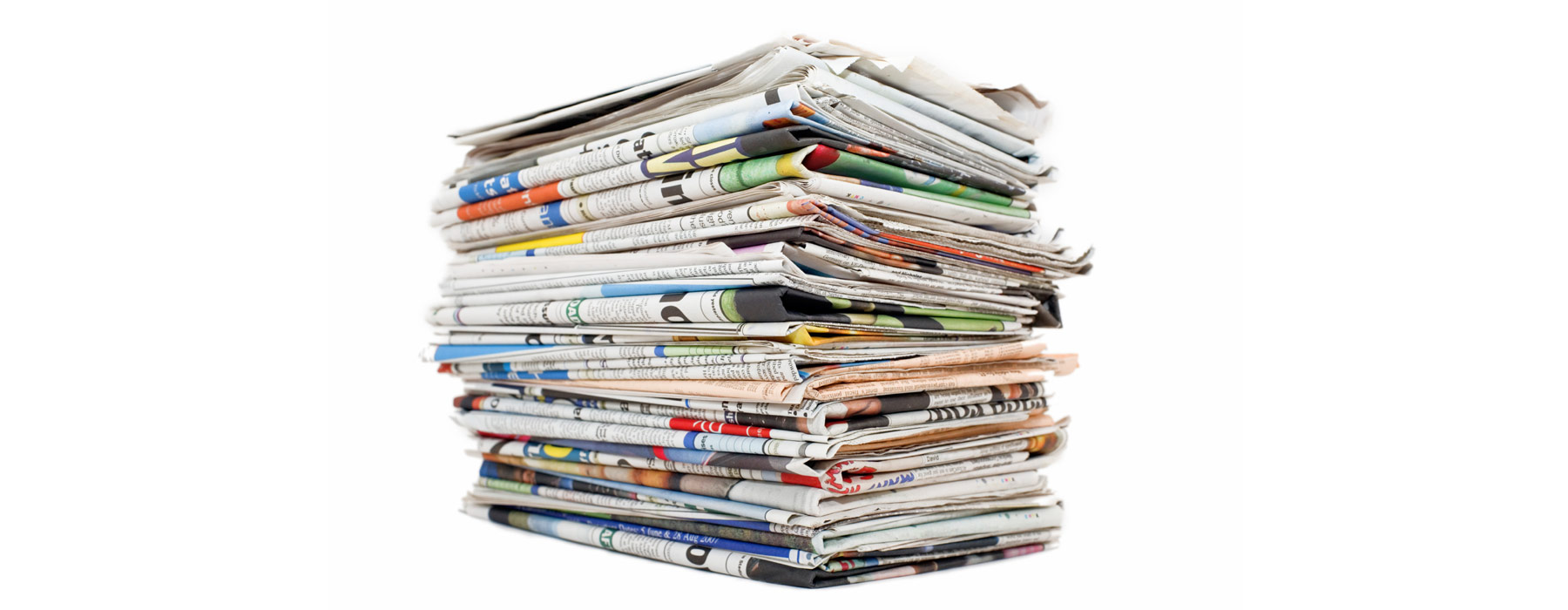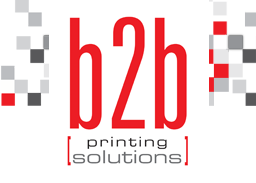

Digital Printing Tips
When compared to offset, digital printing presents some unique challenges when it comes to design. Using proper techniques, digital projects can be smart, creative and great looking.
1. Always color correct images in the RGB color space
When images are converted from RGB to CMYK, you lose color information—a lot of it. As a result, you (and Photoshop) have fewer colors to work with, or average, when attempting to make color changes to an image. Also, when images are converted from RGB to CMYK, you’re creating the black separation and reducing the amount of CMY in the image at the same time. Depending upon how much CMY is eliminated in the separation, it can be very difficult—or even impossible—to make color adjustments to an image.
2. Test your fonts
Freeware fonts are readily available for download all over the Internet. Some of these fonts can contains restrictions the prohibit PDF creation and printing–something you may not find out until you’ve finished designing your job.
Before you design your project, it is always best to test the font. First, activate the font on your system. Then create an InDesign or QuarkXPress document using that font. Finally, export the page and try to create a PDF. If the PDF is created without any warnings, then the font can be embedded.
3. Avoid large solids
While lithographic presses have the ability to reproduce solids evenly, toner-based devices have a tendency to mottle, show unevenness, or even banding. This is because ink and toner are radically different materials. When toner is applied to paper, it is dry. Toner is not actually absorbed into the paper fibers, instead, it is fused to the sheet using both heat and fuser oil, creating a bond. Consistency lies in how evenly the toner was applied to the paper, and how evenly it was fused to the paper.
If tints and large solids must be used in a design, there are some ways to help counteract the uneven appearance associated with toner-based devices. First, try applying a filter (Photoshop Add Noise or Texture filters work well) to the large tint or solids. Another option is to also break up large color areas with other design elements such as text, images, or illustrations.
4. Folds
Because toner is fused to the paper surface and not absorbed like ink, it can be more prone to cracking along folds. Thin lines, rules, and headline text across a fold is generally acceptable, but if heavy coverage must be used in the design, be sure to ask your print service provider to score the printed sheet before folding.
5. Variable text fields
If you’re producing a VDP job, consider the longest word in a field when creating text containers for variable data. Anticipate odd word breaks, especially with variable type in large point sizes by randomly testing some of the data that will be swapped into the design during printing.
1. Always color correct images in the RGB color space
When images are converted from RGB to CMYK, you lose color information—a lot of it. As a result, you (and Photoshop) have fewer colors to work with, or average, when attempting to make color changes to an image. Also, when images are converted from RGB to CMYK, you’re creating the black separation and reducing the amount of CMY in the image at the same time. Depending upon how much CMY is eliminated in the separation, it can be very difficult—or even impossible—to make color adjustments to an image.
2. Test your fonts
Freeware fonts are readily available for download all over the Internet. Some of these fonts can contains restrictions the prohibit PDF creation and printing–something you may not find out until you’ve finished designing your job.
Before you design your project, it is always best to test the font. First, activate the font on your system. Then create an InDesign or QuarkXPress document using that font. Finally, export the page and try to create a PDF. If the PDF is created without any warnings, then the font can be embedded.
3. Avoid large solids
While lithographic presses have the ability to reproduce solids evenly, toner-based devices have a tendency to mottle, show unevenness, or even banding. This is because ink and toner are radically different materials. When toner is applied to paper, it is dry. Toner is not actually absorbed into the paper fibers, instead, it is fused to the sheet using both heat and fuser oil, creating a bond. Consistency lies in how evenly the toner was applied to the paper, and how evenly it was fused to the paper.
If tints and large solids must be used in a design, there are some ways to help counteract the uneven appearance associated with toner-based devices. First, try applying a filter (Photoshop Add Noise or Texture filters work well) to the large tint or solids. Another option is to also break up large color areas with other design elements such as text, images, or illustrations.
4. Folds
Because toner is fused to the paper surface and not absorbed like ink, it can be more prone to cracking along folds. Thin lines, rules, and headline text across a fold is generally acceptable, but if heavy coverage must be used in the design, be sure to ask your print service provider to score the printed sheet before folding.
5. Variable text fields
If you’re producing a VDP job, consider the longest word in a field when creating text containers for variable data. Anticipate odd word breaks, especially with variable type in large point sizes by randomly testing some of the data that will be swapped into the design during printing.





